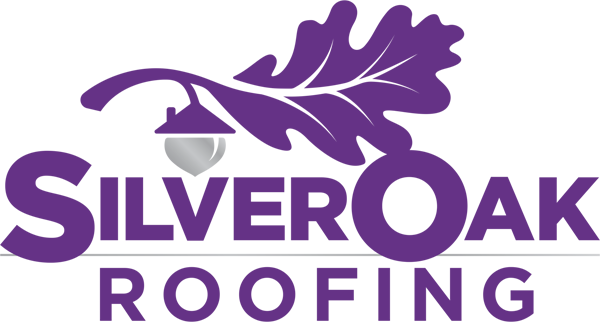
Ventilation Wisdom: Maximizing Roof Lifespan Through Attic Ventilation
Jul 24, 2024
2 min read
0
0
0
Proper attic ventilation is crucial for extending the life of your roof, ensuring temperature regulation and moisture control. Silver Oak Roofing, located in Oakville, Ontario, emphasizes the importance of well-ventilated attics to prevent heat-induced deterioration and moisture-related issues like mold and rot. Good ventilation promotes airflow, reducing the risk of structural damage and prolonging the roof's lifespan.

Understanding Attic Ventilation
Attic ventilation involves controlling airflow through the attic space. It is vital for all homes, preventing moisture buildup that can cause mold, wood rot, and structural issues. Proper ventilation helps regulate attic temperature, especially during summer, reducing the risk of roof damage.
Benefits of Proper Attic Ventilation
Prolongs Roof Lifespan: Reduces roof temperature, preventing heat-induced damage and extending roof life by up to 20 years.
Prevents Mold and Rot: Keeps moisture levels in check, improving indoor air quality and reducing repair costs.
Energy Efficiency: Regulates attic temperature, lowering energy costs.
Prevents Structural Damage: Reduces moisture buildup, preventing sagging and rot.
Promotes Airflow: Ensures proper air circulation, minimizing moisture-related damage.
Factors to Consider for Attic Ventilation
Location: Geographical location impacts ventilation needs.
Attic Type: Insulation and roofing materials influence ventilation requirements.
Climate: Local climate dictates the ideal level of ventilation.
Building Codes: Local codes may require specific ventilation systems.
Home Age: Older homes may need more sophisticated ventilation.
Attic Usage: More usage necessitates more ventilation.
Types of Attic Ventilation
Gable Ventilation: Intake or exhaust vent at the roof ridge, ideal for homes without dormers.
Ridge Ventilation: Common type, intake vent at the roof ridge, suitable for homes with dormers.
Soffit Ventilation: Intake vent along the eaves, best for homes without dormers.
Continuous Ventilation: Brings in fresh air continuously, effective for new and retrofit installations.
Energy-Efficient Ventilation: Specialized, energy-efficient, and quiet continuous ventilation.
Steps to Properly Ventilate an Attic
Check Ventilation: Assess current attic ventilation.
Install Attic Lid: Seal attic space with a barrier.
Install Intake Vent: At eaves or sidewall, for homes without dormers.
Install Exhaust/Soffit Vent: For homes with dormers.
Continuous Ventilation System: For optimal air quality.
Benefits of an Attic Fan
Reduces Energy Costs: Regulates attic temperature.
Prevents Mold and Rot: Improves indoor air quality.
Prevents Structural Damage: Promotes airflow.
Reduces Condensation: Minimizes icicle formation in cold weather.
Extends Roof Life: Maintains optimal attic conditions.
Ensuring Proper Ventilation
To determine if your attic is well-ventilated, check for condensation buildup and high attic temperatures. Install additional ventilation if needed, such as attic fans or soffit vents, to extend roof life and prevent structural damage. Proper attic ventilation is essential for extending the lifespan of your roof, reducing energy costs, and preventing structural damage. Regular checks and appropriate ventilation systems can ensure your roof remains in top condition for years.
For more insights into shingle roof options, click here.






